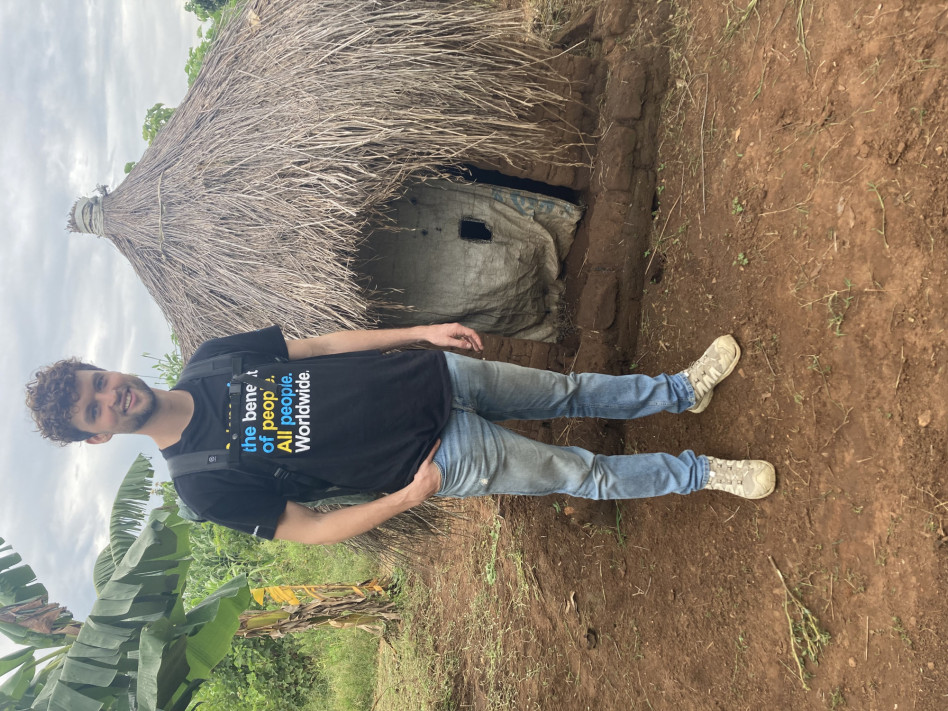Hi,
In the first phase of my research in the refugee camp, I focused on interviewing residents and identifying key stakeholders. From this, three main stakeholder groups emerged: the ‘biogas digester group,’ the ‘transport group,’ and the residents.
- Biogas Digester Group:
This group benefits from high-quality *fecal sludge* (i.e., what is pumped out of the toilet) to maximize biogas production. Both the way the toilet stores the sludge and the education provided to residents on proper toilet use play a crucial role in achieving this.
- Transport Group:
This group faces the highest risk of contamination. Currently, some residents empty latrines using hand pumps, barrels, and three-wheeled vehicles (tuktuks), which poses a serious health hazard. The new design must ensure that this group is no longer exposed to contamination.
- Residents:
The interviews revealed that 30% of households share a toilet with elderly individuals or people with disabilities who have difficulty squatting. For them, the toilet needs to include a sitting option. Additionally, it was noted that the current latrines often collapse due to the combination of loose soil, heavy rainfall, and flooding. Therefore, the design will emphasize stability and resistance to collapse and flooding.
In my next update, I’ll share more about my design!

